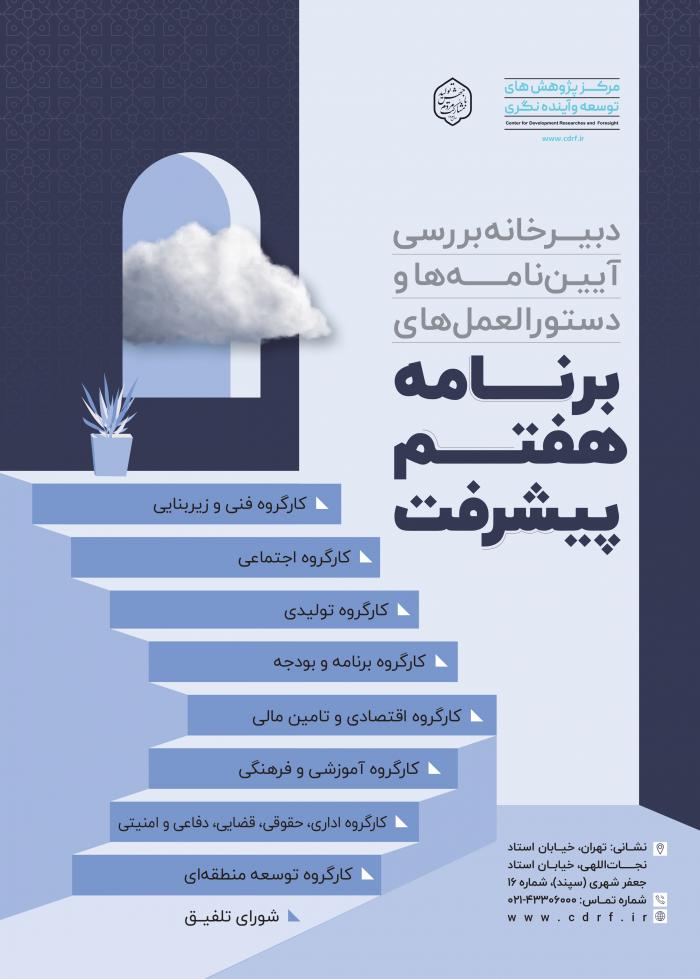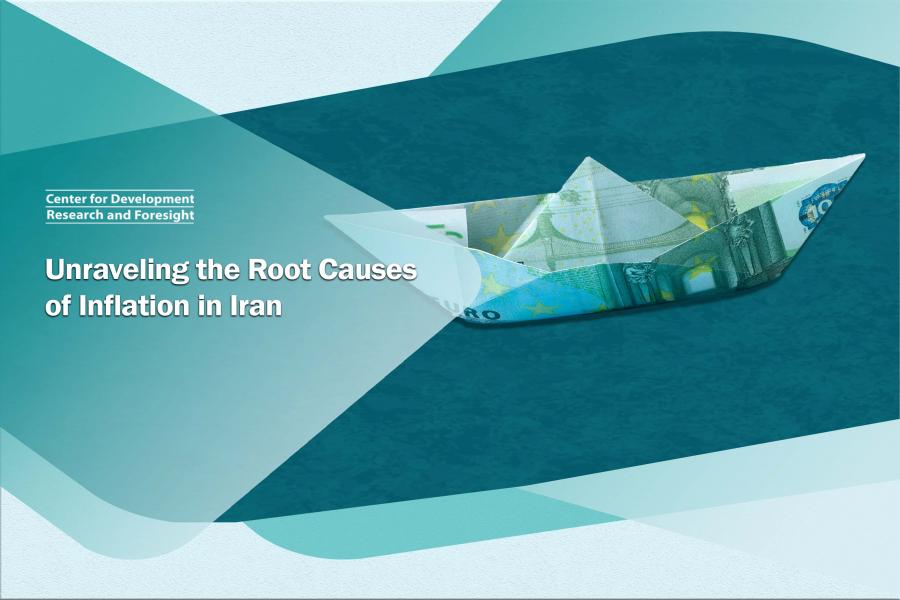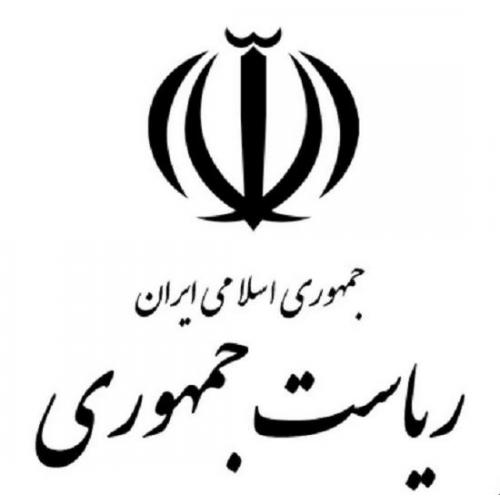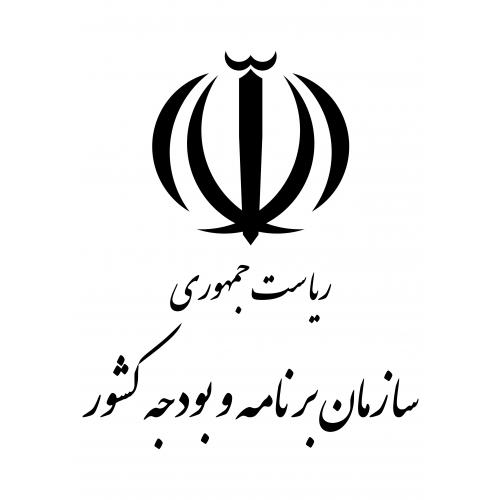
-
بررسی آییننامهها و دستورالعملهای برنامه هفتم پیشرفت
-
بررسی عوامل موثر بر افزایش تصادفات و تلفات جادهای و سوانح رانندگی و دادهکاوی تلفات انسانی
-
سازماندهی و بازآرایی فضایی آموزش عالی کشور
-
به روز رسانی سند ملی آمایش سرزمین
-
انجام مطالعات مناطق آزاد به عنوان نواحی پیشران اقتصادی کشور
-
اصلاح ساختار بودجه و پیاده سازی نظام یکپارچه مدیریت اطلاعات مالی دولت (IFMIS)

High and persistent inflation poses a significant challenge to Iran's economy, with an annual average inflation rate of 20% impacting the socio-economic well-being of households. While there are diverse viewpoints on the root causes of this enduring inflation, a majority of economists argue that the dynamics of inflation in Iran should be considered since it has effects on the volume of liquidity and its components.
A comprehensive analysis of the Central Bank of Iran's balance sheet can provide valuable insights into the potential and actual drivers of inflation. This analysis can be approached from two perspectives. Firstly, the factors influencing liquidity supply encompass the net external assets of the banking system, the net liabilities of the government sector to the banking system, and the debt of the non-government sector to the banking system, all of which contribute to liquidity creation. Secondly, liquidity takes various forms, including currency in circulation, demand deposits, and quasi-money. A contractionary monetary policy, if it leads to an expansion in quasi-money due to the increased inflation expectations, has the potential to transform into actual money and thereby contribute to inflation.
Drawing from existing research and theories, the monetary base, often referred to as high-powered money, can result in multiple forms of liquidity and credit. It is important to note that the core monetary resources lie within the asset side of the Central Bank's balance sheet. Measures such as facilitating credit lines and bank lending, interest payments on bank deposits, and overall expansionary Central Bank policies can stimulate liquidity. The critical aspect is that without an overarching understanding and examination of the dynamics and movements of the monetary base as a driver and source of liquidity creation, a singular analysis of liquidity may not yield substantial insights.
An exploration of the impact of money and pseudo-money growth, irrespective of the real interest rate (comprising the nominal interest rate and inflation expectations), as well as the preferred currency policy and the Central Bank monetary policies, is insufficient for understanding inflation volatility. A negative real interest rate can influence inflation via quasi-money, while a positive real interest rate has the potential to delay inflationary effects. In this context, the Central Bank's adoption of contractionary monetary policies that raised interest rates during the study period, along with the decision to eliminate the preferred currency policy, which led to price shocks in numerous goods and services, are viewed as factors contributing to inflation. The negative real interest rate resulted in profits for banks that borrowed from and even overdrew from the Central Bank, as the interest rate on the loans they obtained was lower than the inflation rate.



